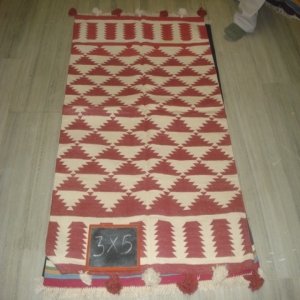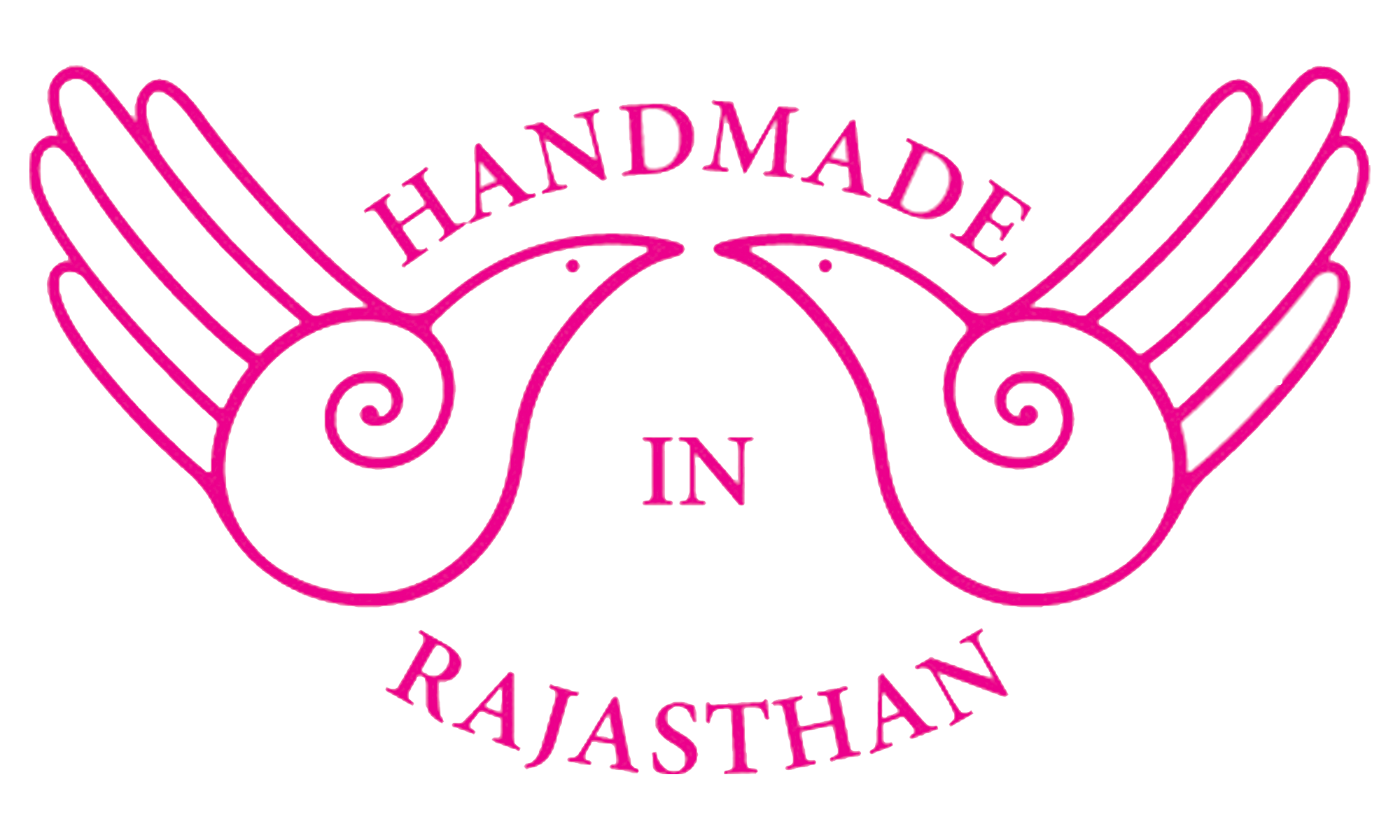- Home
- About US
- Art and Craft
- Artisans
- Master Crafts Persons
- Supporting Institutions
- News and Events
- Schemes
- Contact us
- Contact

Panja Dari-The weavers of the village of Salawas belong to the Prajapati caste. Although their main source of income was agriculture, they also practiced pottery and the weaving of jatpatti rugs. These plain wefts faced durries woven with coarse goat or camel hair derives their name from jhat, literally meaning haste, with which they could be executed. The jatpatti were initially used as coverings for domestic animals during winters, as saddle bags, as filters for oil mills and for making tents. The traditionally used animal hair was replaced with cotton fiber in 1977 and these durries began to be sold to a small segment of the domestic market. The craftsmen began experimenting with stripes, geometrical and stylized natural forms such as the kangasi (comb), teer (arrow head), tota (parrot), chidia (sparrow) and chaukadi (rhombus). Variously colored yarns are laboriously individually inserted to create these forms, thus also ensuring that the durries is reversible. As these durries acquired recognition they came to be known as panja durries due to the use of the panja,a comb -like beating tool.

